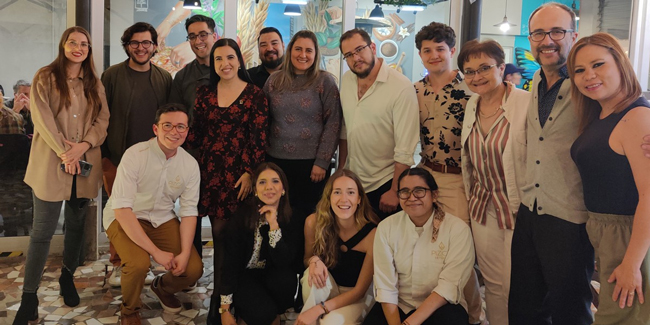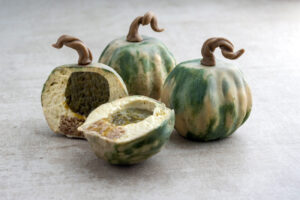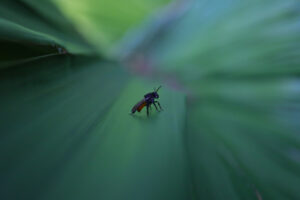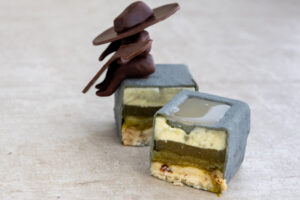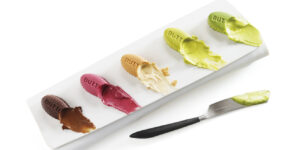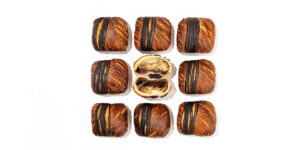Categories Pastry Chef Articles
Six surprising ingredients with which Central America calls to the world
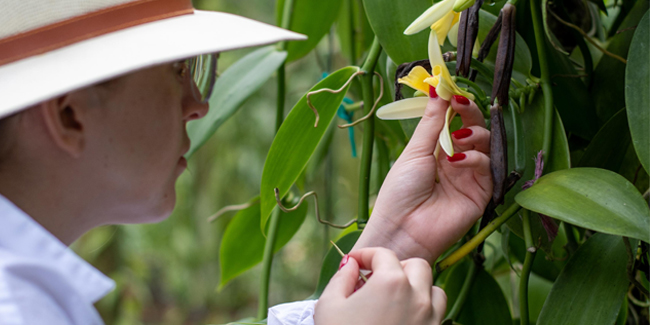
Guatemala is a small country in Central America, located between Mexico (West), El Salvador, Belize, and Honduras (East). Its surface is barely equivalent to a fifth of the Spanish territory and yet something stops us in the ancient capital of Mesoamerica. A powerful magnet entices us and turns its innumerable attractions into powerful reasons that should give a lot to think about, especially in food and culinary terms. Yes, we are going to focus on ingredients, although we could well address other no less juicy issues, such as its rich historical past, cradle of the Mayan civilization, or its spectacular orography full of volcanoes and mountains that overflow with moisture and feed lush forests (hence the etymological origin of its name, from the Nahuatl language, Quauhtemalla, land of forests).
1. Its royal highness, Xocoatl
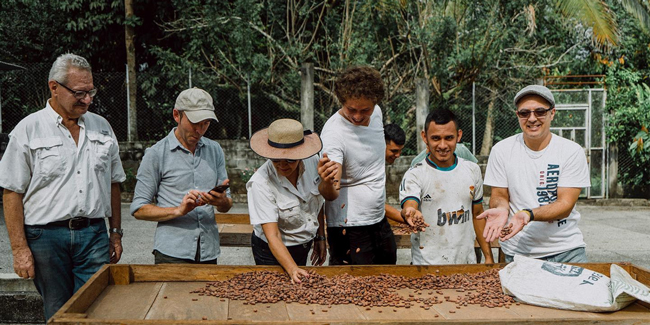
It is not surprising that the first Spaniards who found these lands were intoxicated by its intense colors and the richness and properties of its trees and plants. From these regions, as you well know, come many of the tubers and fruits that have become core foods of the Mediterranean diet, but it is in this corner of the world, a true settlement of the Mayan civilization, that its majesty, chocolate, is born. From there, the first cocoa plants dedicated to human consumption as a beverage were extracted, more than 2,500 years ago. Xocoatl is its name in Nahuatl.
One of Pizca Patisserie’s most popular desserts, the Quetzal, contains a 70% chocolate ganache (Kampura estate) with cobanero chile; tamarind and red fruit compote; Genoese-style sponge cake with ramón flour; cold cocoa bean cookie (Kampura) and amaranth.
2. Neither planifolia, nor tahitiensis… cribbiana vanilla
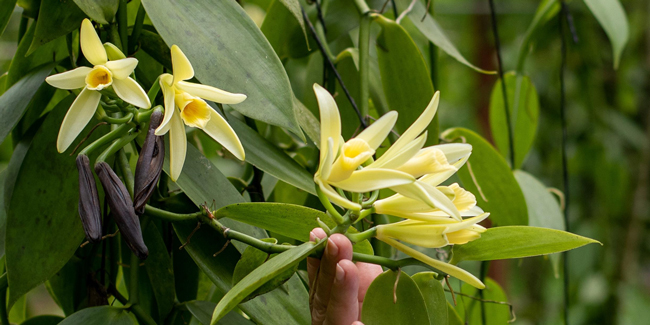
Yes, you heard it right, ingredients like cocoa or vanilla place their first link with human beings in the lands of Alta Verapaz, in the north of Guatemala, and from here they begin the extension of their cultivation to the entire area of the tropics of the rest of the world. How is it possible that this being the origin, we have barely heard of Guatemalan cocoa or vanilla? Did its cultivation become extinct? Has climate change affected the quality of the crops? Not precisely. Quite the contrary, today we are lucky to know some small producers who are recovering and improving the conditions of their endemic varieties, raising the standard of their cultivation to come up with unique products that are already deserving international recognition and praise from those lucky enough to have tried them. This is the case of Cribbiana vanilla, which today we can enjoy thanks to the domestication work promoted by the specialist, Che’Sib’Ik’.
One of Pizca Patisserie’s first desserts, its Red Velvet contains red velvet sponge cake (with vanilla cribbiana) 70% chocolate namelaka (Finca Kampura) with chili raisin and ricotta cream also flavored with vanilla cribbiana.
3. Melipona bee honey
These are endemic varieties with a magical component, not only because of the strength and personality of their texture and organoleptic register, but also because of the centuries of history and their intertwined connection with the prolific and imaginative Mayan worldview. They are somewhat new products, such as cribbiana vanilla, with a much more complex profile than the classic planifolia, and which in a certain sense brings the characteristics of the three most widespread varieties in the world – planifolia, tahitiensis, and pompona – into one. No less surprising are the cocoas with a fine aroma from farms such as Kampura or Las Cruces, among many of those that are awakening, sensitive to the new peak of demand for quality cocoa in the world. Another product that deserves all the attention and culinary interest in the world is the honey obtained from Melipona bees.
An emblem of the national diet, Ronald García’s Ayote (pumpkin) is a mimetic dessert based on ayote mousse, ayote compote in melipona honey and spiced sponge cake.
Klaus Lambour and the almost anthropological work of Mielenaria
In the ark of taste that the Slow Food movement talks about, Melipona honey should occupy a central place. These small bees, which do not even have a stinge and whose subspecies number in the dozens, make a delicate, much less sweet honey full of nuances that make this product a complex nectar that can almost be taken by the spoonful when you are lucky enough to be near it. Not to mention the possibilities of its aging for years, a product that we were lucky enough to try from the hand of one of its most expert ambassadors, Klaus Lambour, an authentic traveler of Guatemalan villages where these honeys are collected using methods that go back to the time of the Mayans.
4 and 5. Coffees and rums with finesse
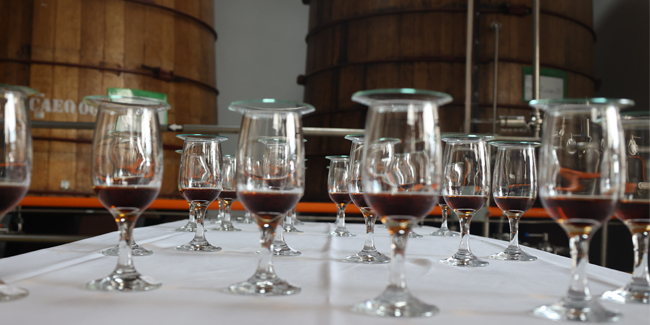
Rediscovering cocoa, vanilla, or honey at this point? Not only that, let yourself be seduced by an orchard full of fruits, flowers, and native plants with surprising flavors and aromas that dissolve the barriers between sweet and savory to play with umami, acid, and explosions on the palate. This has already begun in the best restaurants in the country, much to the delight of the most curious gourmets. Of course, Guatemala is widely recognized for other ingredients of which it is known to be a true specialist and global exporter. We are talking about cardamom, coffee, or the extraordinary rums that come from sugar canes that are grown on the shores of the Pacific, in purely volcanic soil. The unique minerality of these lands, plus the considerable altitude of many of their crops, not to mention the aging at more than 2,000 meters above sea level, explain the constant awards that their products deserve in the best international liquor competitions, coffees and, increasingly, chocolates.
Sombrerón is a dessert inspired by a typical legend of the country. It is made with fig mousse, fig gelée with centenary Zacapa rum, fig compote and homemade marzipan.
6. Maizentrism
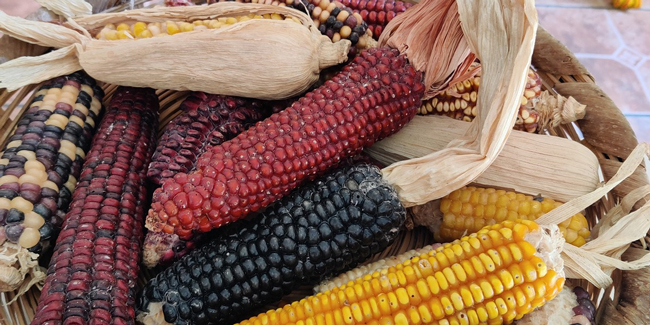
But if we are going to focus on unique ingredients from a region with a lot of history, a history linked to the extinct Mayan civilization and that of its worthy indigenous heirs of today, then we have to talk about corn. A corn that is the pillar of the diet of all of Central America, and the rest of Latin America, and that in the case of this corner of Mayan history, bases its cultivation on the milpas planting system and on the fight to maintain the cultivation of its many native varieties, often endangered by Monsanto’s “violent seeds” and its genetically modified corn, highly invasive and predatory of other corn crops with which they may interbreed.
The Sumpango barrel kite, inspired by the classic barrel kites that are launched into the sky on the Day of the Dead in Guatemala, has black corn mousse, beet namelaka, blueberry compote and black corn cake.
Organic cultivation with techniques of Mayan origin
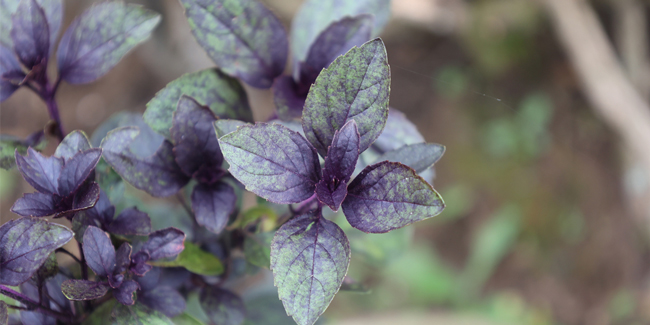
The Mayan-rooted milpa planting system is committed to a combined cultivation of different plants that take advantage of synergy for mutual benefit. Historically, they are usually corn, beans, and squash, that is, pumpkin. But currently it extends to many other varieties that, grown in a few square meters of land, give rich harvests without weakening the soil or needing agrochemical fertilizers or pesticides of any kind. This is what we were able to see on land supervised by one of the best exponents of this new agricultural trend, the Tikonel Farms team. Thus an ancestral culture survives that exalts corn of different colors and character, with which, once nixtamalized, the classic tortillas are made, but also many other products that are once again a source of inspiration for the culinary and pastry avant-garde of the region.
An alliance of young people
A generation of young chefs, in alliance with professional agronomists and biologists of the same age, are turning Guatemala into a new gastronomic focus of international reach. There the possibilities of sweet cuisine and pastry are many, as one of the most fervent ambassadors of it makes us see: Ronald García, from Pizca Patisserie.
